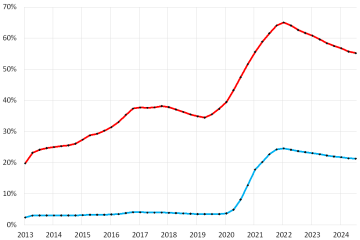Understanding XRP: Importance and Current Developments

Introduction
XRP, the digital currency that powers the Ripple network, plays a significant role in the financial technology landscape. Established in 2012, XRP was designed to facilitate fast, cost-effective international payments, standing out in the crowded cryptocurrency marketplace. The relevance of XRP today can’t be understated, given its association with banking institutions and ongoing legal battles that may shape the future of cryptocurrencies in the financial sector.
Current Events Surrounding XRP
Recently, XRP has been in the news due to a historic legal decision in favour of Ripple Labs, the company behind XRP. A federal court determined that XRP is not a security when sold on exchanges, resulting in a surge in its market value. This landmark ruling has implications for not only Ripple but the entire cryptocurrency market, as it may set a precedent for regulatory treatment of numerous digital assets.
The Financial Action Task Force (FATF) and various global regulatory bodies are also closely monitoring cryptocurrencies like XRP. With stricter regulations expected, major cryptocurrency exchanges are preparing to comply with new guidelines, ensuring the legitimacy and security of their offerings. Ripple’s efforts in forging partnerships with financial institutions globally underscore XRP’s utility as a bridge currency in cross-border transactions.
Conclusion
The recent legal victories have generated optimism among investors and advocates of digital currencies, suggesting a more robust future for XRP. Analysts predict that these developments may enhance XRP’s adoption within traditional finance, potentially positioning it as a favoured asset for payment facilitators and banks. In conclusion, XRP remains a focal point in discussions around cryptocurrency regulation, financial access, and technological innovation as the world transitions towards a more digital economy.








